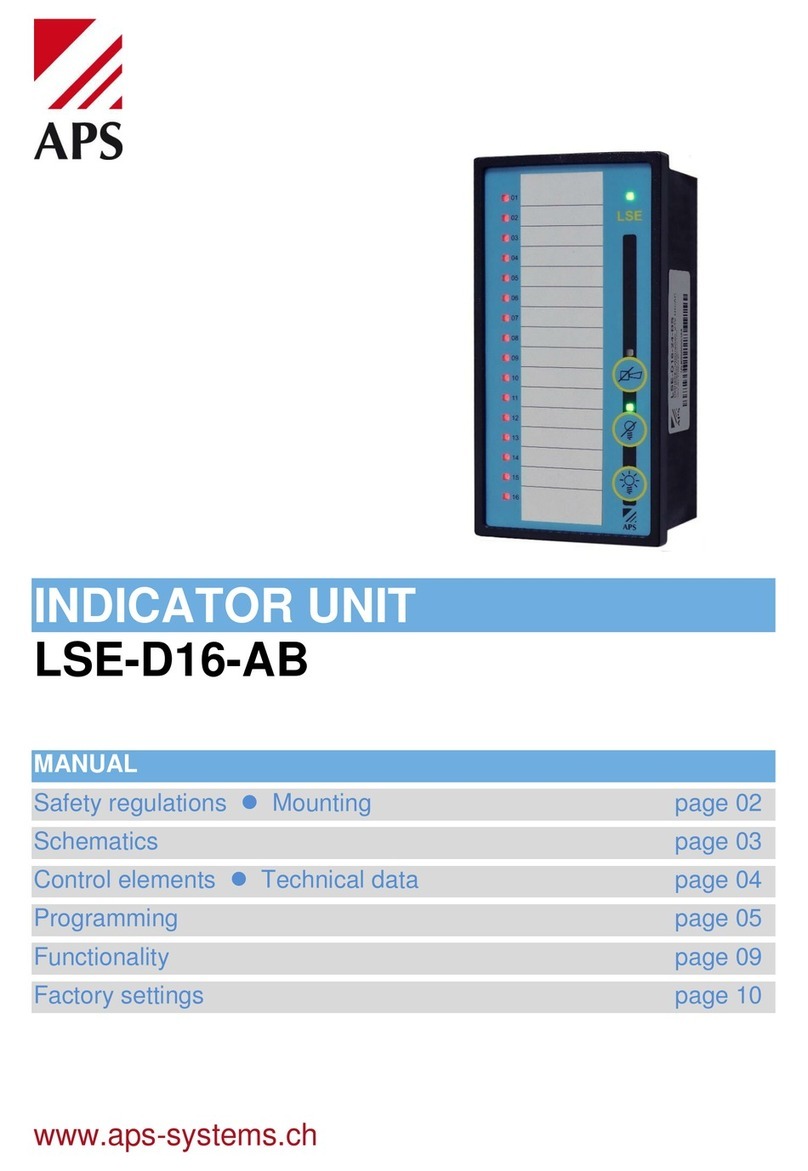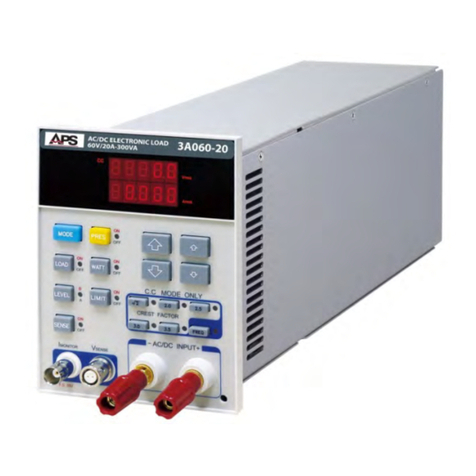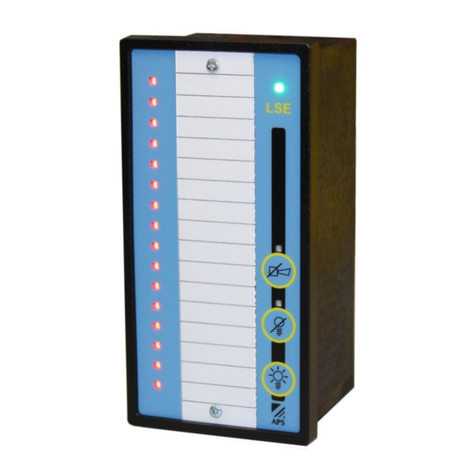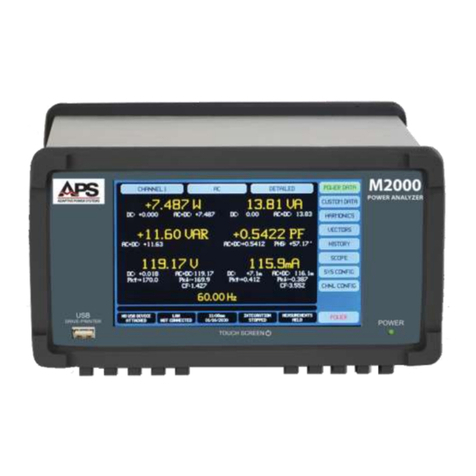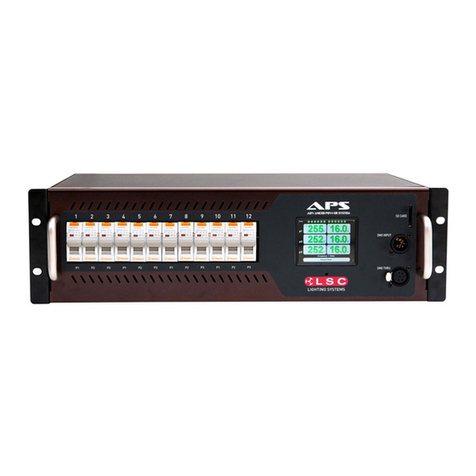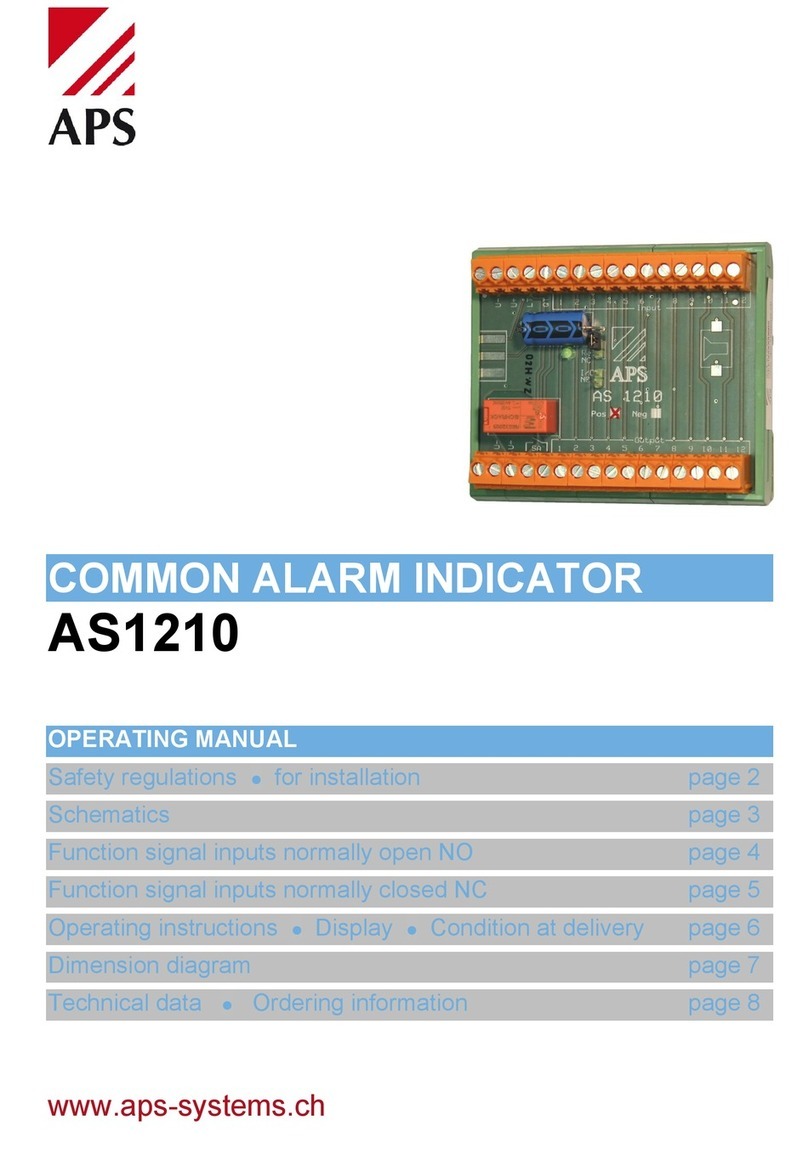9
Functionality
New value indicator
Each incoming fault is indicated through the flashing of its associated visual
indicator. When lamp acknowledgement is activated, the visual indicator goes
from a flashing- to a continuous light as long as that the fault is still present.
The visual indicator will extinguish if the fault was removed in the meantime.
Setting with DIP-Switch 10, see page 7.
First-up value indicator
If several alerts arise one after the other, or almost simultaneously, the
indicator will only flash for the alert which was the first to arrive. If an alert
becomes inactive before lamp acknowledgement, the visual indicator will
continue to flash until lamp acknowledgement takes place. Once this occurs,
the visual indicator will extinguish. All other alerts will be indicated with a
steady light as long as they remain present. When lamp acknowledgement is
activated, the visual indicator for the first alert that was saved becomes a
permanent light, as long as the fault is still present. The visual indicator will
extinguish if the fault was removed in the meantime. Setting with DIP-Switch
10, see page 7.
Automatic alarm acknowledgement AAA
The automatic alarm acknowledgement is used to suppress alarms after
energising the unit. The suppression time can be set to 5, 10 or 60 seconds.
This functionality is meant for machinery which is raising alarms after starting
because the operation state is not reached immediately. The treatment of
alarms which are still active after the suppression time can be chosen between
raising a new alarm or leave them acknowledged. Setting with DIP-Switch 7 -
10, see page 7.
Output functions













